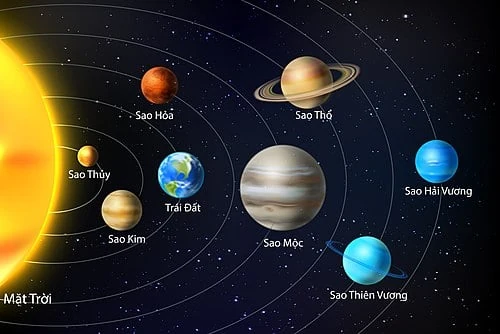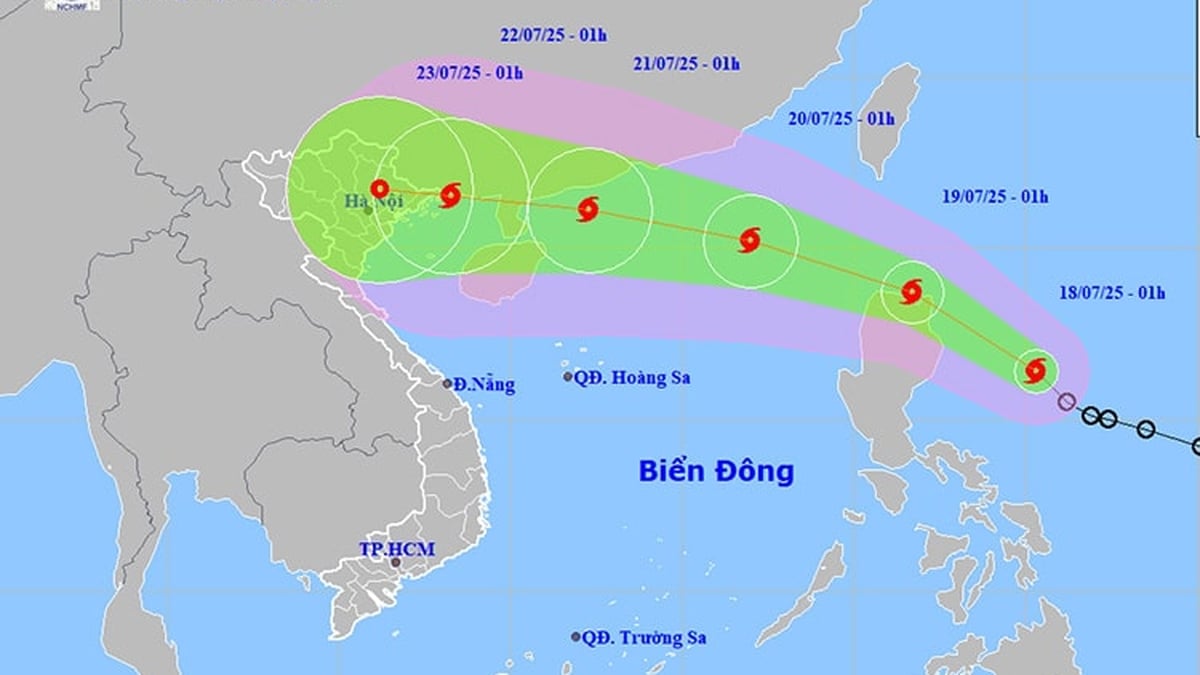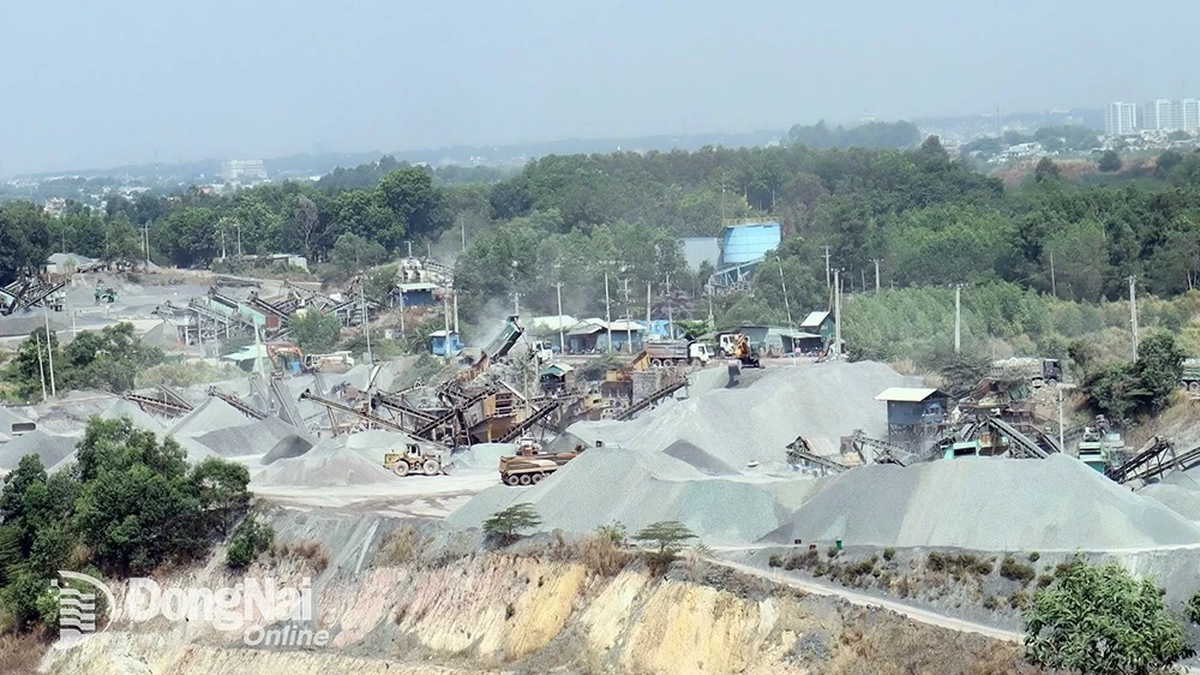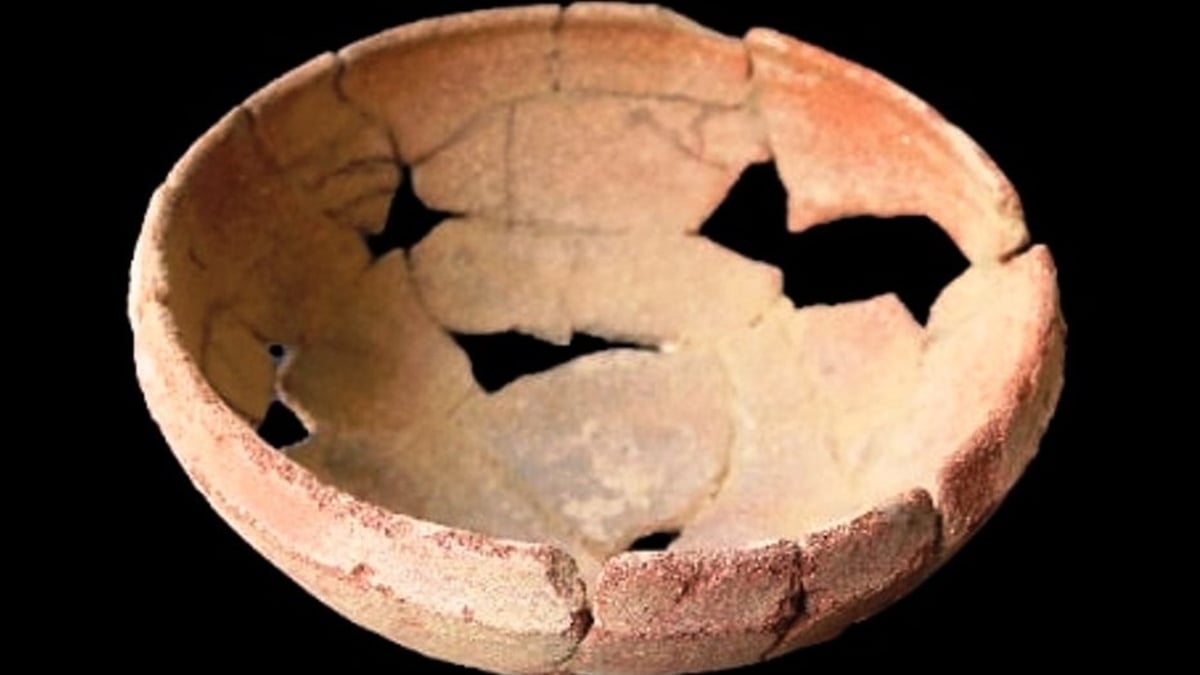Lead author of the study, Melissa McClure at Leiden University (Netherlands), said she and her colleagues have determined the earliest time when planet formation began around a star other than the Solar System.
The new planetary system is forming around the “baby star” HOPS-315 – a “young” Sun-like star – 1,300 light-years from Earth in the Orion Nebula. Surrounding the young stars are giant belts of gas and dust called protoplanetary disks, where planets form. Inside these swirling disks, crystalline minerals containing the chemical silicon monoxide can clump together. This process can form kilometer-sized protoplanetary asteroids that will one day grow into full-fledged planets.
In the Solar System, crystalline minerals—which were the “raw material” for forming Earth and Jupiter’s core—are thought to have been trapped in ancient meteorites.
Now, astronomers have detected signs that these hot minerals are starting to solidify in the disk surrounding HOPS-315, according to a new study published in the journal Nature. The minerals around the star were first detected using the James Webb Space Telescope. Astronomers then used the European Southern Observatory’s ALMA telescope in Chile to pinpoint where the chemical signals were coming from. This paves the way for scientists to learn more about the process that led to Earth’s birth.
According to VNA/Tin Tuc and Dan Toc Newspaper
Source: https://baoquangtri.vn/lan-dau-tien-quan-sat-duoc-su-ra-doi-cua-he-mat-troi-195889.htm





































































































Comment (0)